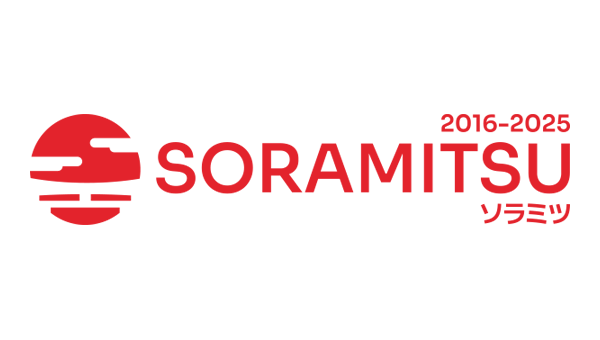The Hidden Cost of Fraud
Wed Nov 13 2024

In the ongoing battle against fraud, telcos have become better at identifying suspicious numbers and blocking them to protect their networks and customers. While this seems like a straightforward solution, it comes with significant hidden costs that can damage customer relationships and disrupt revenue flows.
The Real Cost of Blocking Numbers
A large percentage of fraudsters use spoofed numbers. Blocking these numbers doesn’t prevent fraud; it often incorrectly blocks legitimate number ranges. The telco mistakenly suggests an error, which is not the case. This approach leads to a cascade of problems: customers can’t reach legitimate businesses, which leads to complaints, churn, and lost incoming revenue for telcos.
Telcos generally unblock these numbers only when a customer raises a dispute. However, disputes are rare and reactive; they only address a fraction of the actual numbers blocked. Most blocked numbers are not raised under a dispute, causing unnecessary communication barriers and undetected revenue leakage.
The Impact on Customer Experience and Revenue
Take, for instance, a major global telco fraud leader who believed they didn’t need to share fraud data that wasn’t directly affecting them. But when we analysed the data, we found that their number ranges were blocked three times more than their competitors, unbeknownst to them. This resulted in a loss of potential revenue and customer dissatisfaction that went unnoticed.
A Collaborative Solution
So, how do we fix this? The answer lies in a more collaborative and transparent approach. The Fraud Intelligence Blockchain offers a solution by crowdsourcing fraud information across multiple telcos. But it doesn’t stop there. It also provides the crucial ability to flag numbers or ranges that are false positives, creating a vital feedback loop.
This distributed system allows telcos to share fraud data and alerts when legitimate numbers are mistakenly blocked. By enabling a real-time exchange of intelligence, telcos can respond faster—either by confirming fraud or clearing legitimate traffic—before customer complaints even arise. This proactive approach helps reduce unnecessary blocking and improves revenue flow and customer experience.
The strength of the Fraud Intelligence Blockchain is its ability to act as a self-cleaning mechanism for members. When numbers are flagged as suspicious, other telcos can confirm or refute the suspicion, enabling number owners to investigate and take corrective actions if needed. It’s a collaborative effort that ensures the industry is not just reacting to fraud but actively managing it together.
In an industry that thrives on connectivity, the current strategy of blocking without collaboration is creating an unintended problem. By embracing a distributed crowdsourcing approach like the Fraud Intelligence Blockchain, telcos can protect their customers and revenue streams more effectively.
In today’s interconnected world, the solution isn’t just blocking fraud — it’s ensuring we’re blocking the right numbers and empowering telcos to do so together.

About Soramitsu
Soramitsu is an award-winning global financial technology company with expertise in developing blockchain-based solutions for digital asset and identity management. Our mission is to use blockchain to promote innovation and solve pressing societal challenges. Soramitsu aims to deploy cutting-edge technology on a global scale in order to expedite financial inclusion and health, mitigate economic inefficiencies, and contribute to the fulfilment of the Sustainable Development Goals.

About Orillion
Orillion Solutions is a leading provider of solutions that unlock value for customers by using advanced data insights, innovative technology, and rapid solution design methods to help solve complex business and risk management problems. This includes the delivery of the largest fraud blockchain network in telecommunications, which is helping telcos and their customers prevent fraud more effectively.